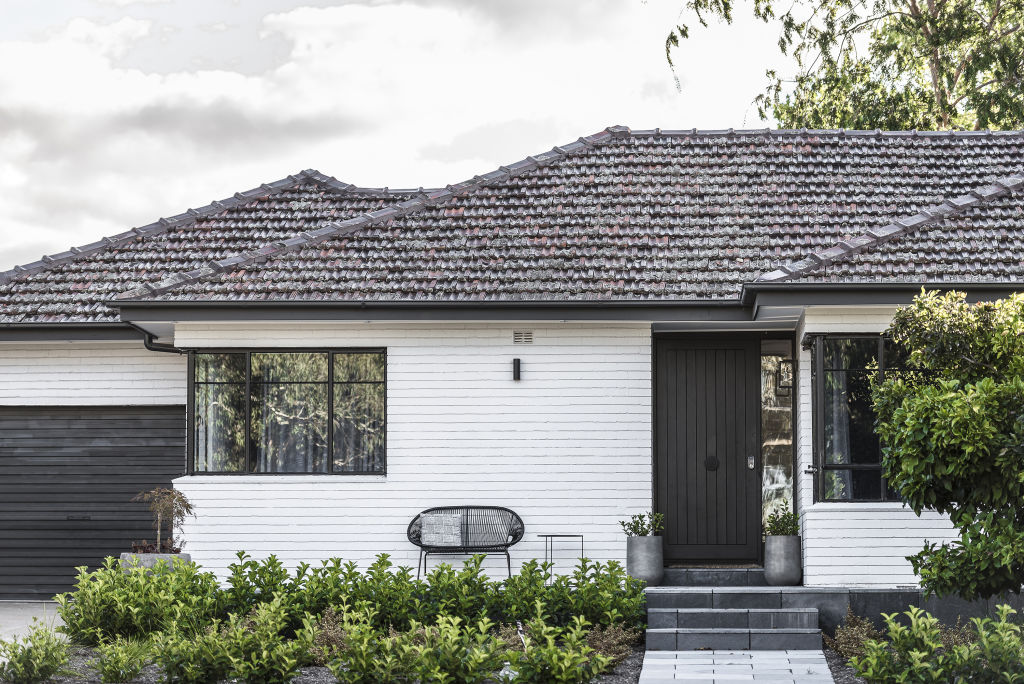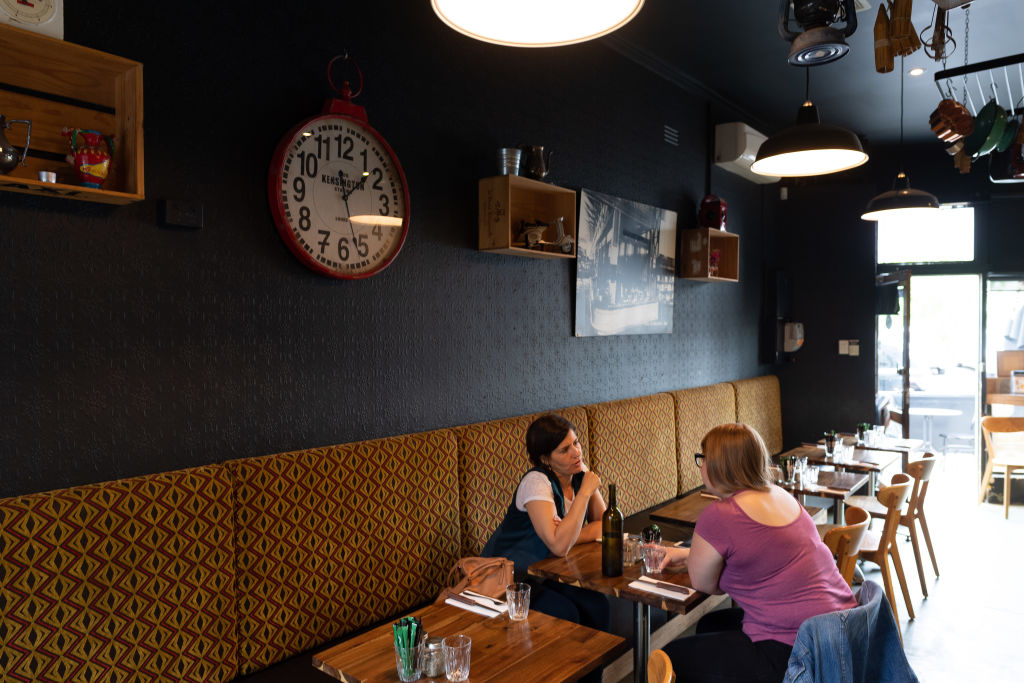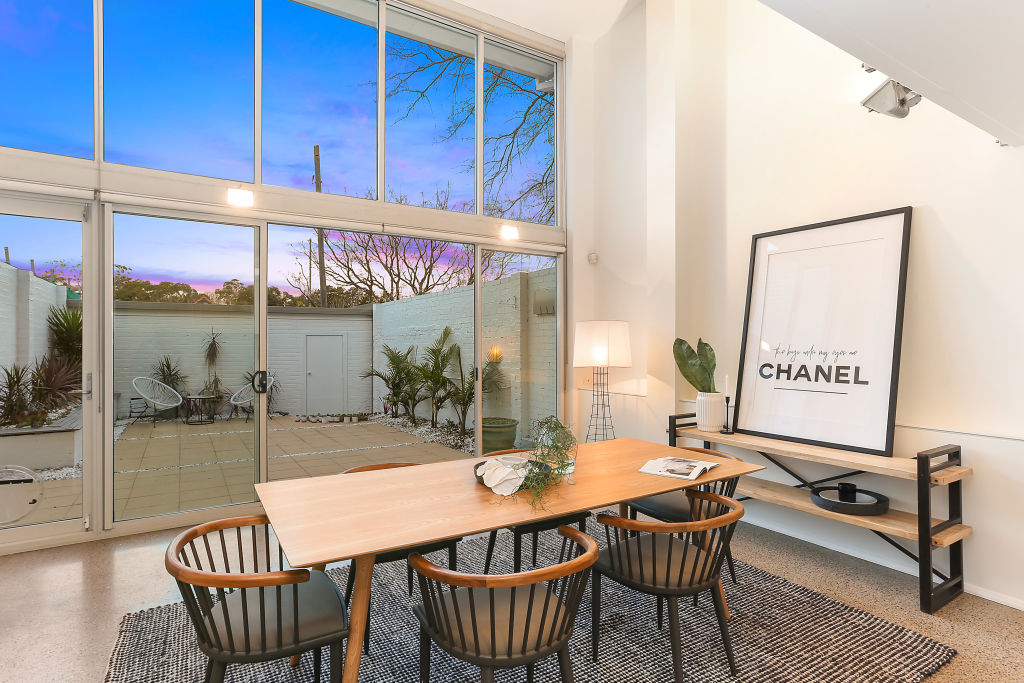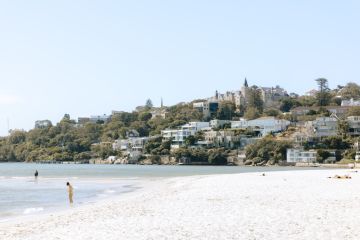Australians find creative ways to get into the property market

Contrary to popular belief, there is more than one road into the property market.
With owner-occupier dreams fading for many young Australians over the past decade, creative solutions have emerged to forge different paths into the great Australian dream.
From ‘rentvestors’ to property collectives, and informal arrangements in which siblings or friends team up to buy, lateral thinking is flourishing.
Melbourne Symphony Orchestra musician Sylvia Hosking is one such thinker.
One of the nation’s tribe of so-called rentvestors, who own residential property while also renting themselves, her route into the property market was spurred by “a classic case of if you don’t have enough money to live in your preferred area, buy and rent-out in another, more affordable area”.

Hosking focused on regional centres Wagga Wagga in NSW, and Woodridge in Queensland, because they had a variety of industries, as well as hospitals and universities providing employment opportunities.
“The regions are attractive because they’re really the only place you’re going to be able to buy where the rent might cover the mortgage.
“The idea is you have to stick at it for 10 years before you really see any progress, but at least in the meantime it’s not really going to be costing you anything.”
The drawback of rentvesting, as she has discovered, is the uncertainty of the short-term leases she must sign. The recent signing of a three-year lease on the Mount Waverley home she shares with her husband and children came as a huge relief, she says.
Last year she added a property in Pascoe Vale, currently negatively geared, to her portfolio, into which she envisages moving later.

“It’s not a failsafe way of doing it, but it fulfils my need for the security that when I’m 70 I won’t be kicked out of my rental property.
“It is hard to shake that feeling that you need to own your own home in your old age. In the meantime, I can relax a bit knowing we’ve got three years on our lease.”
While rentvesting is one alternative, Superestate was born from the idea of investing in Australian residential properties via superannuation.
The idea came to former Olympic swimmer and investment banker Grant Brits while watching friends and family struggle to get onto the property ladder.
“We wanted to help find a new way for them to do it,” he said. ”Whether you’re looking for a home or to invest, it’s extremely challenging, especially for younger Australians.”

The new kid on the superannuation block, Superestate’s potential appeal to younger Australians is easy to see.
It enables members to share in the collective wealth of the property market rather than facing its hurdles individually.
By building a diversified portfolio of high-quality properties in inner-city areas, members receive the benefits of rental income and future house-price increases.
Its first property, in Sydney’s Stanmore, was purchased in June this year and the fund’s advisory committee – featuring former Domain chief economist Dr Andrew Wilson and Damien Cooley – are also examining properties in Brisbane, Melbourne and other cities based on factors such as location, demographics, resilience and growth drivers.

As for concerns about the softening market, Brits says he sees opportunity rather than a reason for caution.
“As we don’t use any debt, we’re in a great position to be looking for opportunities and aren’t restricted by current lending issues,” he says.
“Even with the current softening in the property market, residential property has outperformed all other assets classes over the long-term.”
Superestate’s members to date range across all age groups, but many fit into the millennial category.
“A lot of them are just starting to get serious about life and have seen how well the older generations have done from having exposure to property … that’s is why Superestate is a really natural fit for many of them.”
An ancillary benefit of the fund, says Brits, will be in creating a supply of properties available for long-term lease – something both tenants and members will appreciate.
We recommend
States
Capital Cities
Capital Cities - Rentals
Popular Areas
Allhomes
More







